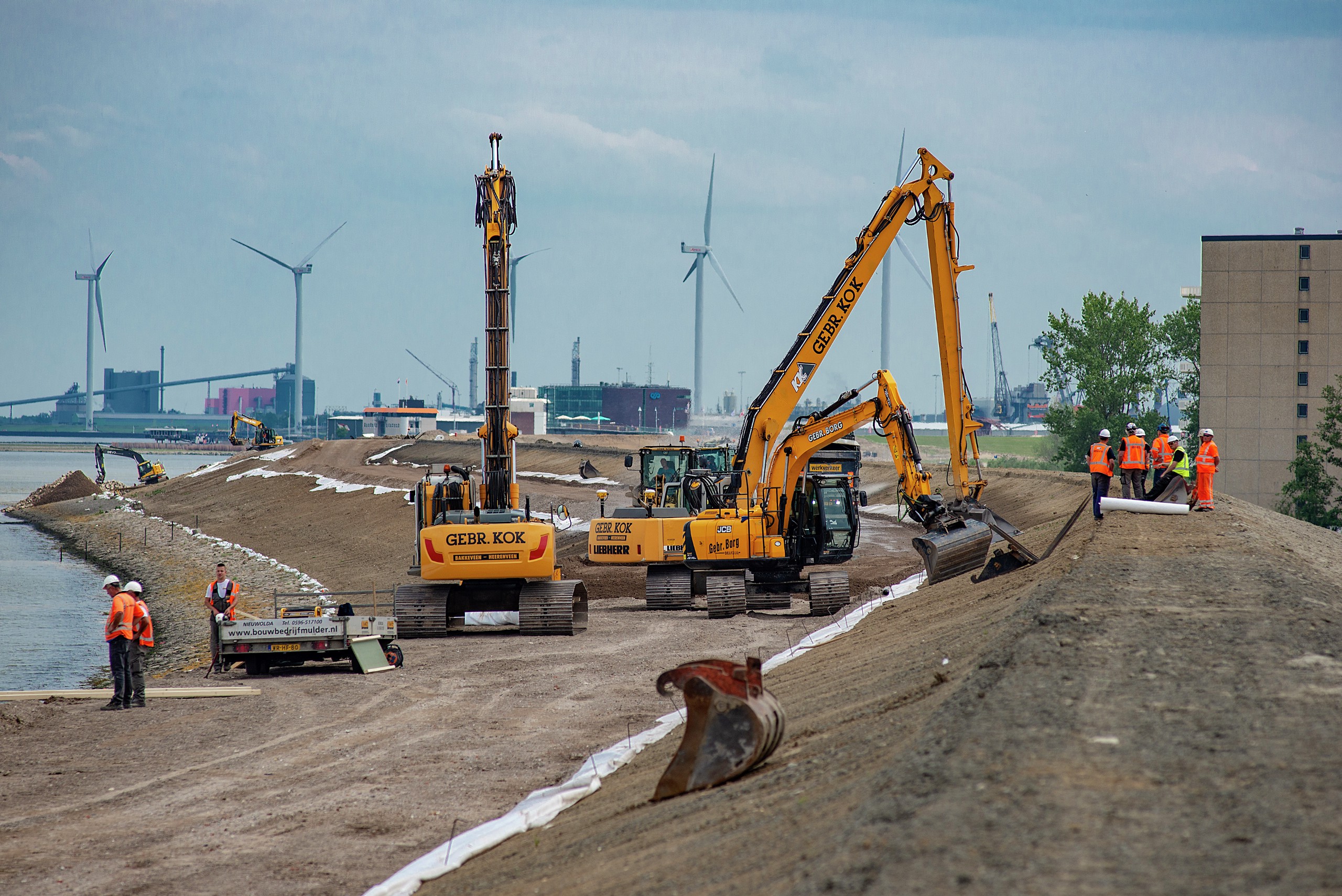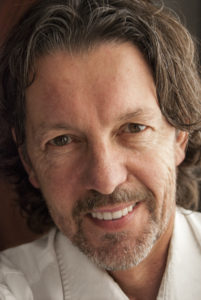The inhabitants of the Netherlands have been fighting floods for thousands of years. Eight-hundred years ago, they began to create local councils called “waterschappen” that were tasked with preventing floods. The rich provided the money and the poor provided their labor to build and maintain levees. Those councils still exist today, and they have a new challenge: fighting sea level rise.
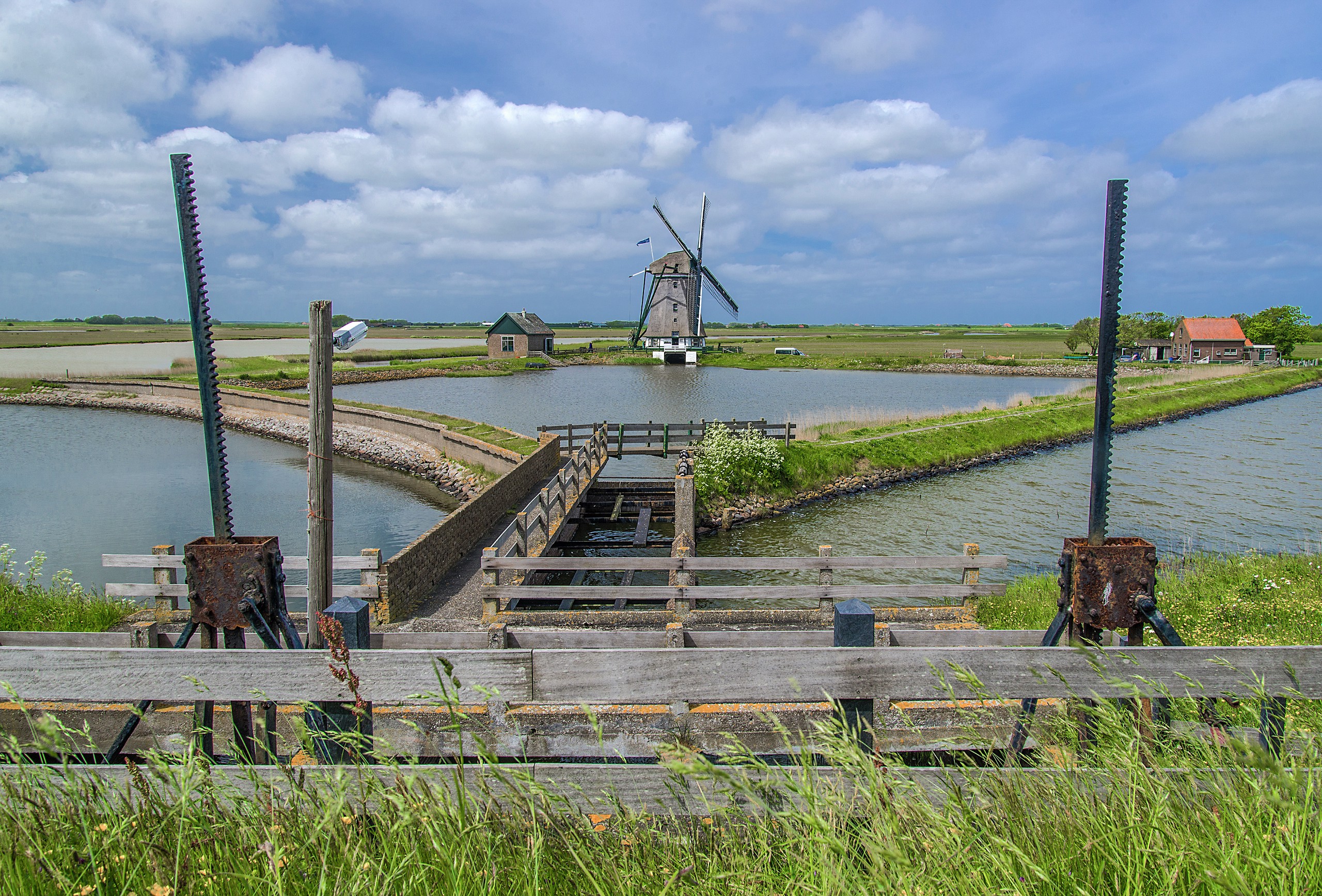
“Here we’re making the dike 2 meters higher,” said Silvia Mosterd, who works for the waterschap Noorderzijlvest, one of 21 regional water boards in the Netherlands responsible for local flood controls and water quality. She climbed up a 10-meter high, muddy sea dike near the town of Delfzijl, while truck after truck dumped a mixture of sand and gravel on the dike, a foundation for the asphalt that will cover part of the dike on the sea side.
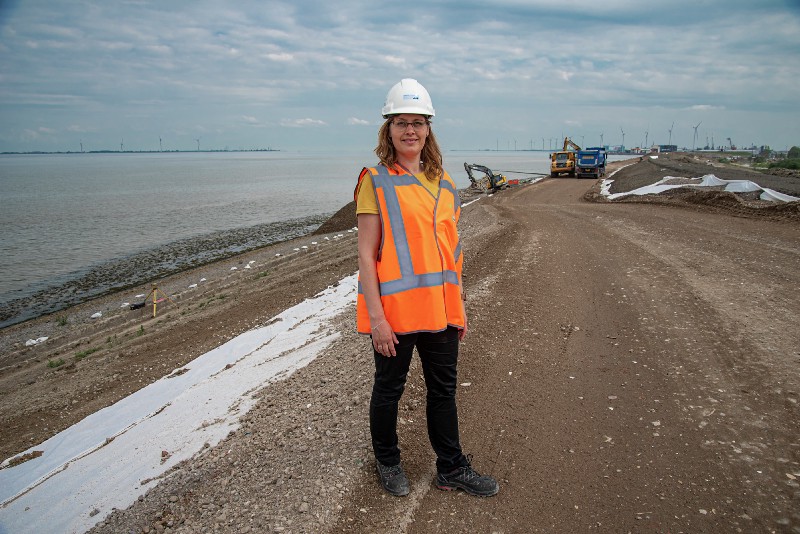
“It’s a real intricate science to construct a solid dike,” Mosterd said. “To raise this 12-kilometer stretch of dike two meters, we’ll use a million cubic meters of sand, 350,000 cubic meters of clay and 70,000 metric tons of asphalt. The cost? Around $138 million.”
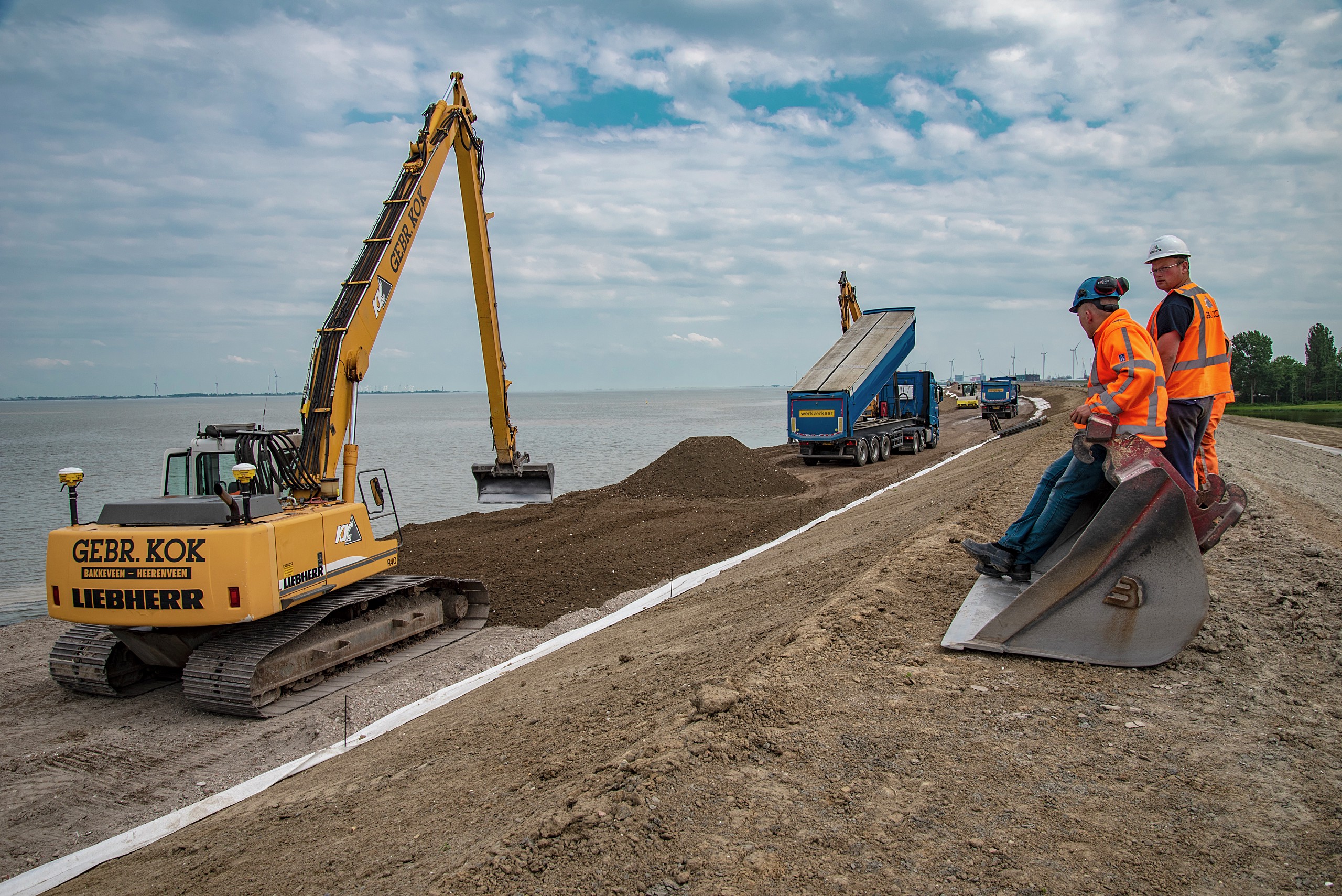
The new dike that protects Delfzijl will be the first that meets the new national standards the Dutch have established to keep their delta safe in the face of sea level rise. Apart from raising the dikes, thousands of tons of sand are deposited along the coast of the delta to make sure beaches and dunes also keep the rising seawater at bay. Coastal flooding poses a major threat to the low-lying coastal nation, one-third of which lies below sea level.

Can the Netherlands win a fight against climate change and sea level rise?
“We don’t know,” said Marjolijn Haasnoot, a researcher at the Deltares Research Institute in Delft. “We don’t know because we’re not sure how much the sea level will rise between now and 2100.”
Earlier projections were less than 1 meter, but the most recent predictions warn that it could be 2 meters or more. Because of this uncertainty, Haasnoot said, the Dutch are using an adaptive strategy. For now, all flood defenses will be improved or enlarged to deal with 1 meter of sea level rise. However, all those projects will be built in such a way that they then can be further strengthened to guard against more severe flooding.
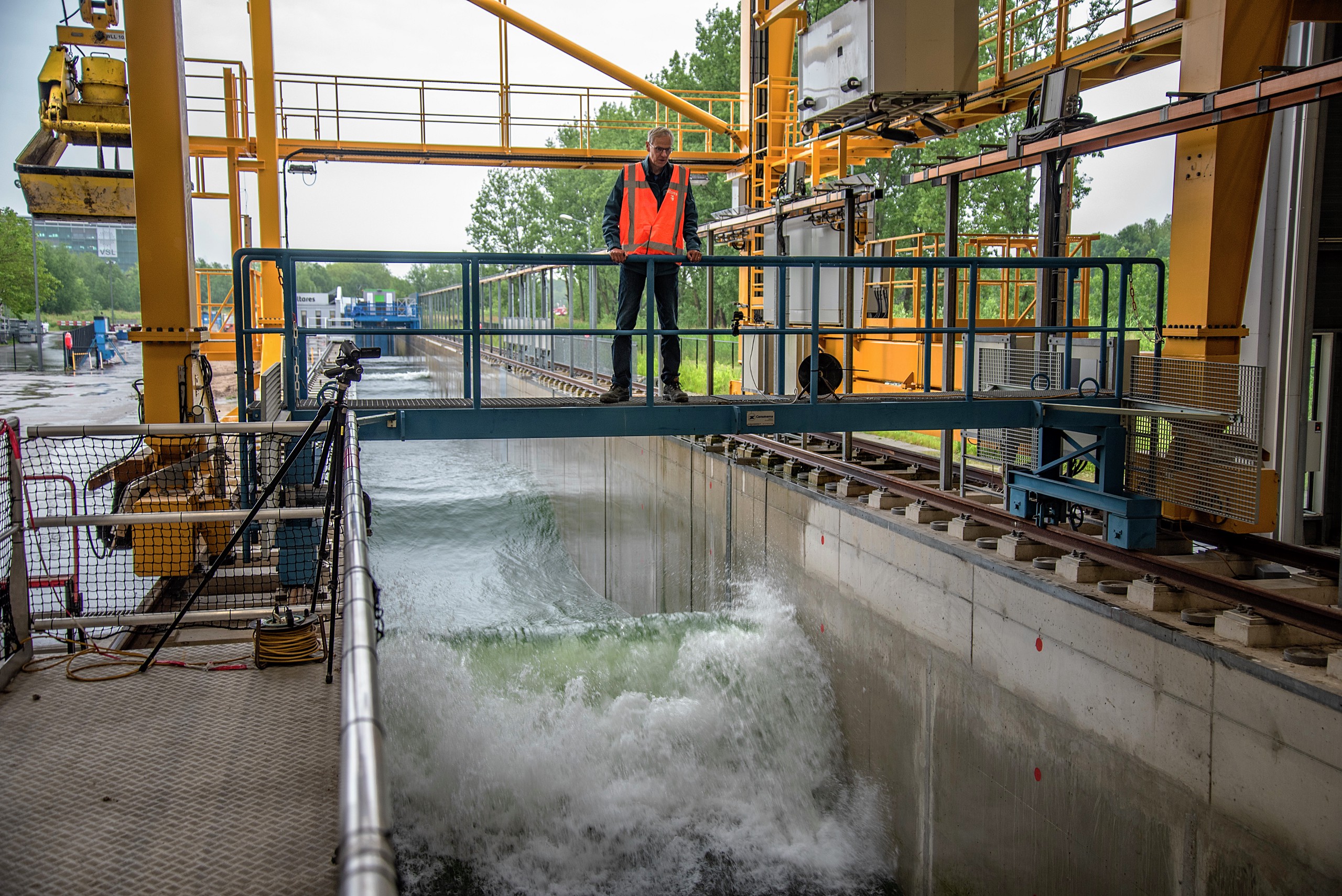
“For example, we make sure there’s no new construction close to a dike that can make it more difficult to raise that dike once more if this becomes necessary in the near future,” Haasnoot said. This is important. If engineers make a dike 1 meter higher, its base will have to be some 10 meters wider to be stable.
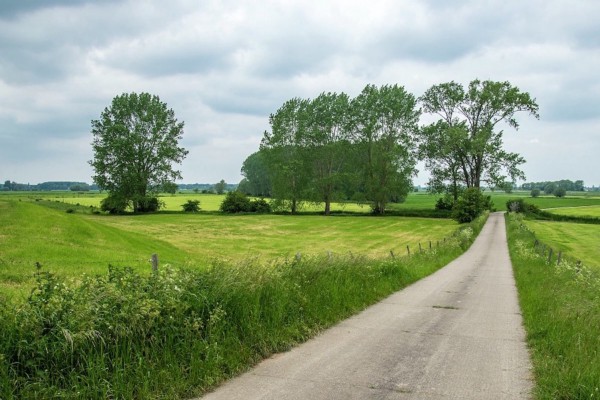
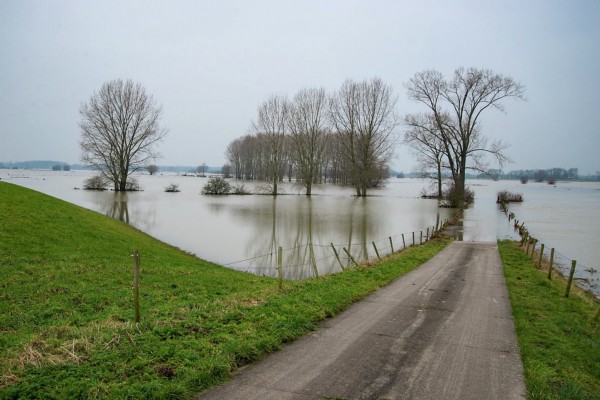
The Netherlands isn’t just facing the prospect of more coastal flooding. They will also have to deal with more flooding of rivers that flow from Belgium and Germany. Climate models predict both higher and lower water levels at various periods of the year. “In the 1990s we already had to deal with very high water levels in our rivers,” Haasnoot said. In response to this threat, the Dutch started the Room for the River program. At 34 sites, engineers moved levees away from rivers to create more space for the water to protect against flooding.
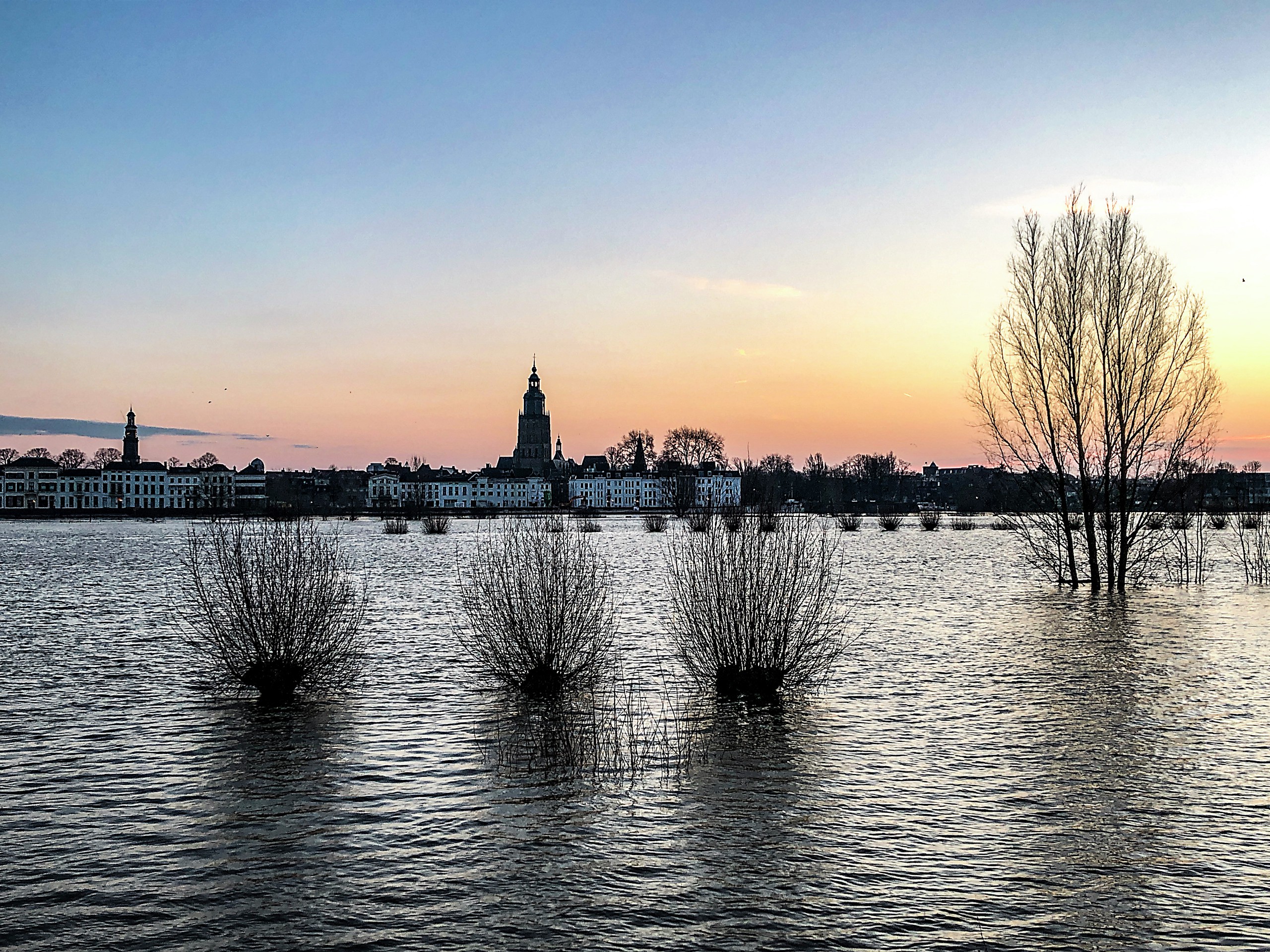
Under the plan, people had to move away as workers demolished their farms and houses to create room for future flooding. In addition to widening the river, workers also built bike paths atop new dikes and levees, and they created natural spaces along the rivers where the people had moved out. The plan was executed according to the Dutch polder model in which government, water boards and residents negotiate as long as it takes to come up with solutions everyone can live with.
While many people were upset that they had to move, under the polder model, they were eventually able to come to an agreement that the people who had to move would be properly compensated. In the United States, such issues tend to be resolved — or, more likely, not resolved — in court.
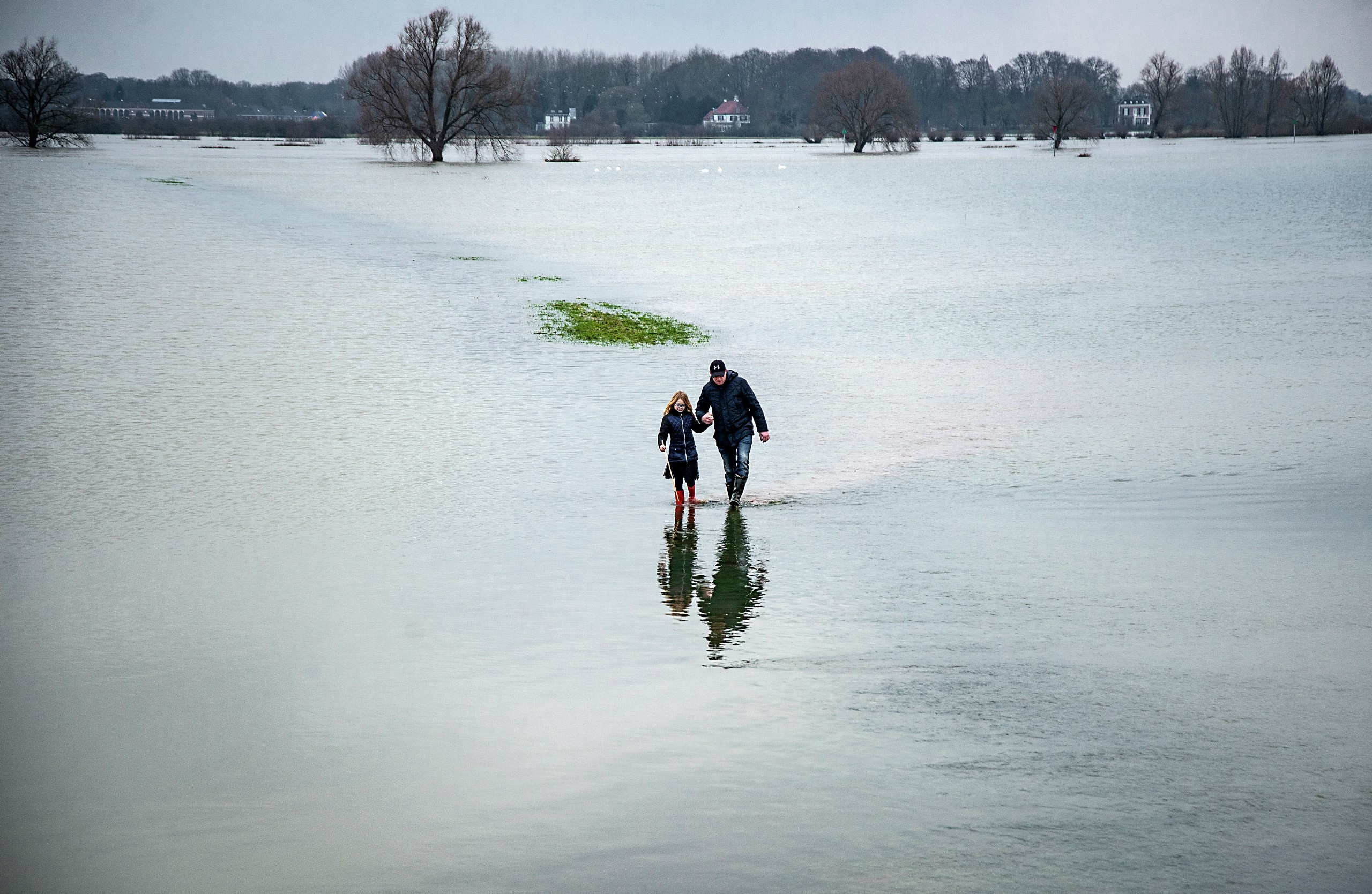
Haasnoot stressed the importance of the polder model for Dutch water management. “In the Netherlands, we’re good at this integrated approach in which we look at problems at a national level with all stakeholders to find solutions that are good for all sectors of society, like agriculture and fisheries, but also for recreation and nature,” she said.
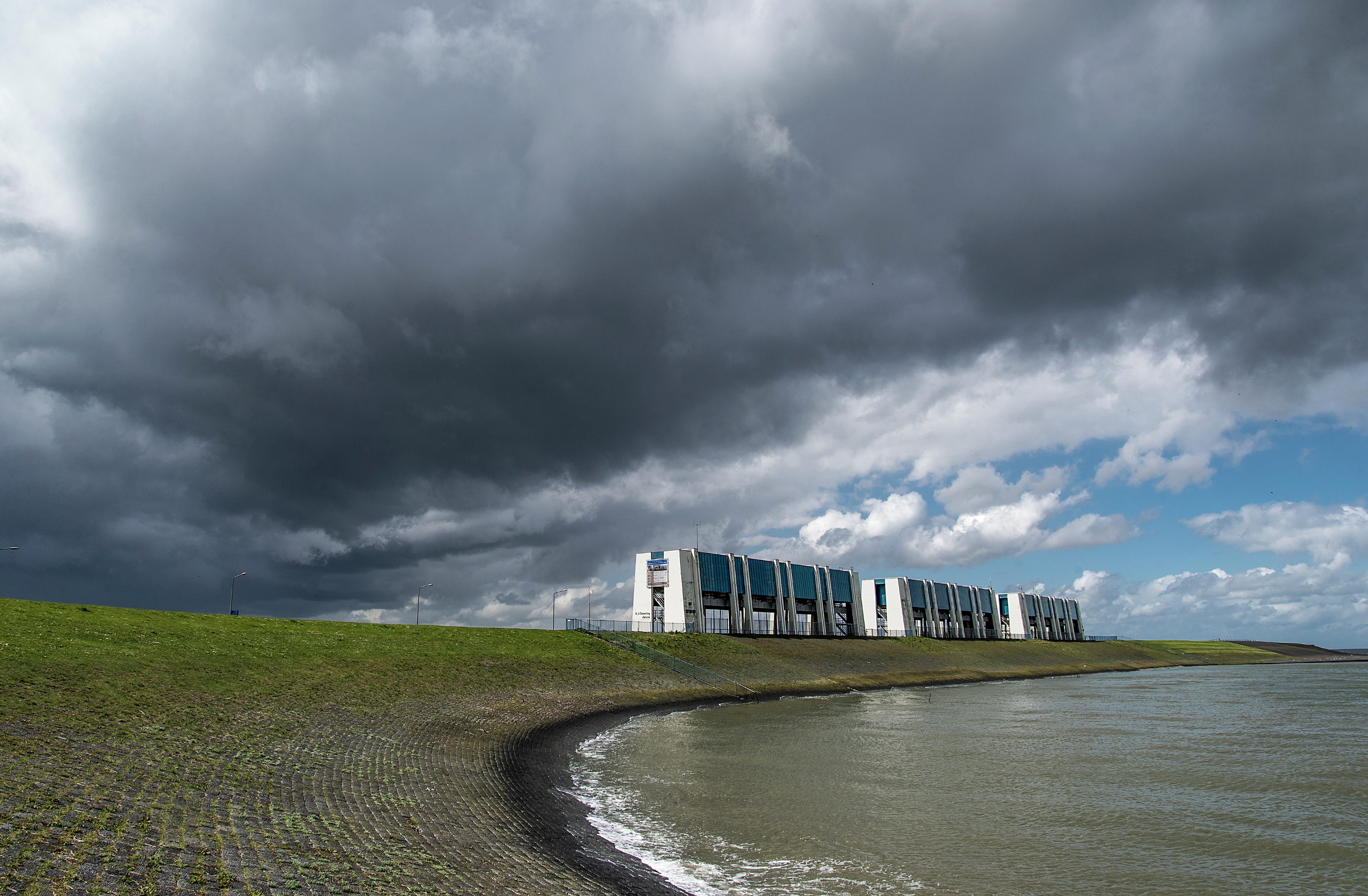
Officials are also preparing for lower water levels in rivers — like those seen in the summer of 2018 — which are as much a headache for the Dutch as high water levels. “When the sea level rises, and the levels in the rivers are low, salt seawater will penetrate deeper and deeper into the delta,” Haasnoot said.
Saltwater can seep into farms, damaging the fertile lands that have made the Netherlands the second-largest agricultural exporter by dollar value in the world. To prevent saltwater from leaking into rivers, the Dutch government is investing in larger pumping stations that can draw more seawater out of the mouths of the rivers.
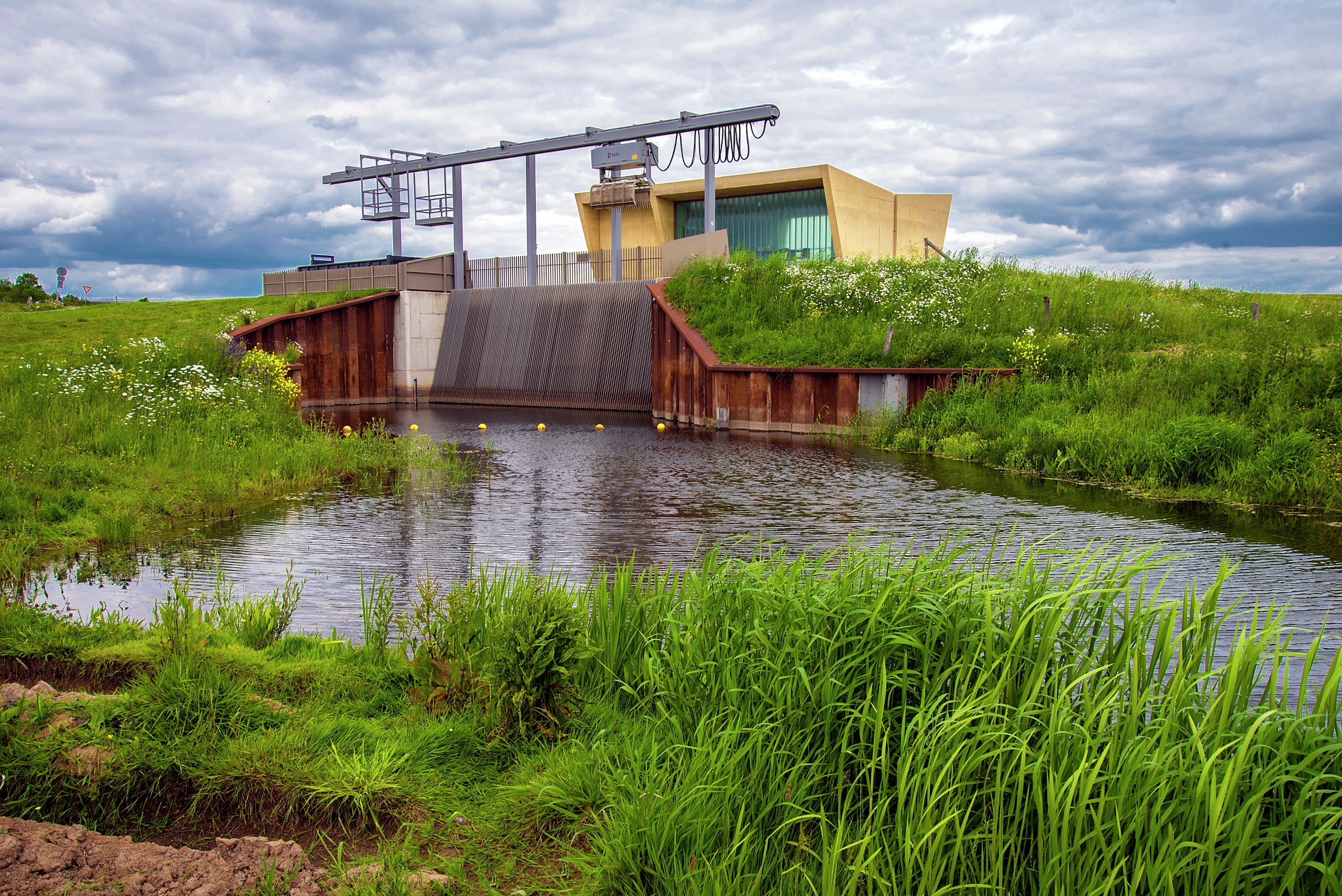
Water experts say that sea level rise in the future might be so high that the traditional strategies for keeping the seawater out just won’t work anymore. If the Netherlands has to raise its sea dikes by several meters, then monstrous pumps will be necessary to pump river water over those dikes into the sea.
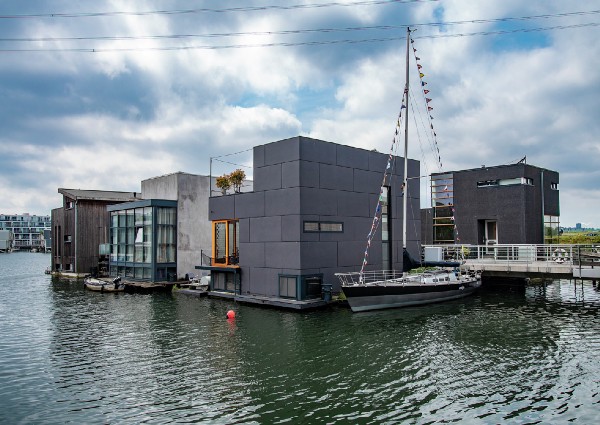
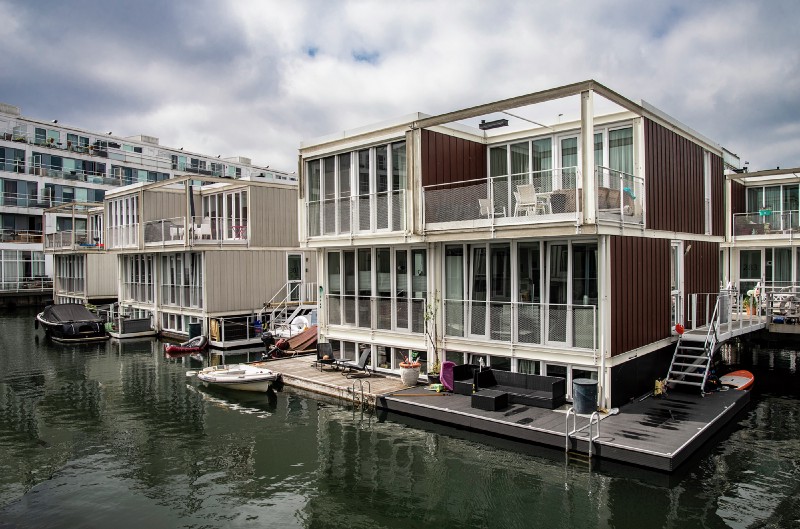
At some point, more radical strategies might to come into play. One option is to create more space for the sea by moving people out of the low-lying areas. People could stay there only if they live in floating houses or houses on poles. A more aggressive strategy would be to create huge artificial islands along the coast in the North Sea where people could live.
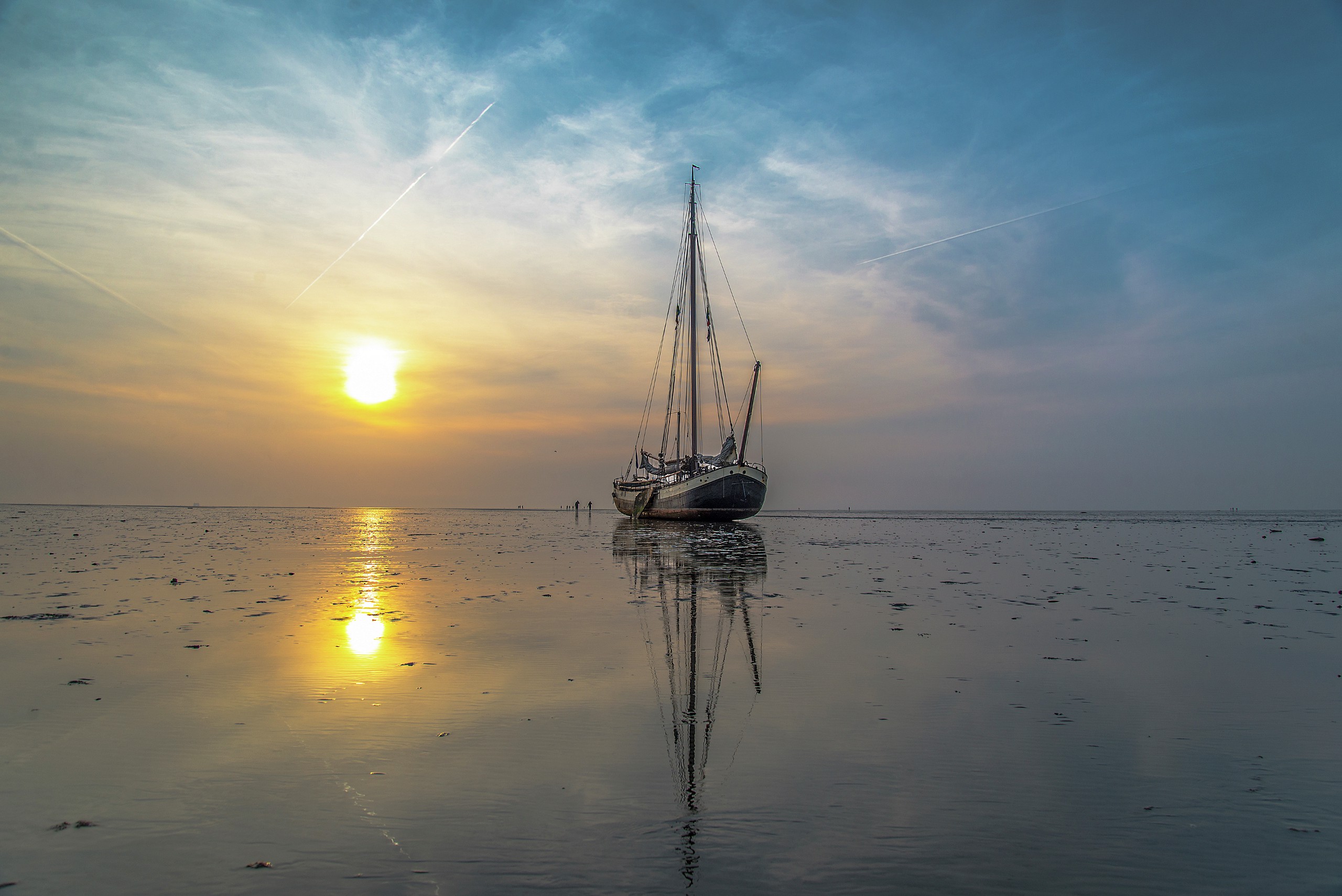
These kinds of ideas are starting to spread around the world. Knowledge about water management has become a Dutch export. Haasnoot has worked as a consultant for Deltares all over the world. In the United States, she advised groups in San Francisco, Miami and Louisiana about how to manage water while dealing with the uncertainties of climate change.
She realizes it’s not easy to apply the Dutch model in the United States. The Netherlands is a small country with longstanding institutions, like waterschappen, for managing water issues. And it has rich history of tackling flooding. After the North Sea flood of 1953 killed more than 1,800 people in the Netherlands, the government financed a system of dikes, dams, pumps, dunes and storm surge barriers so complex that engineers have dubbed it one of the “Seven Wonders of the Modern World.”
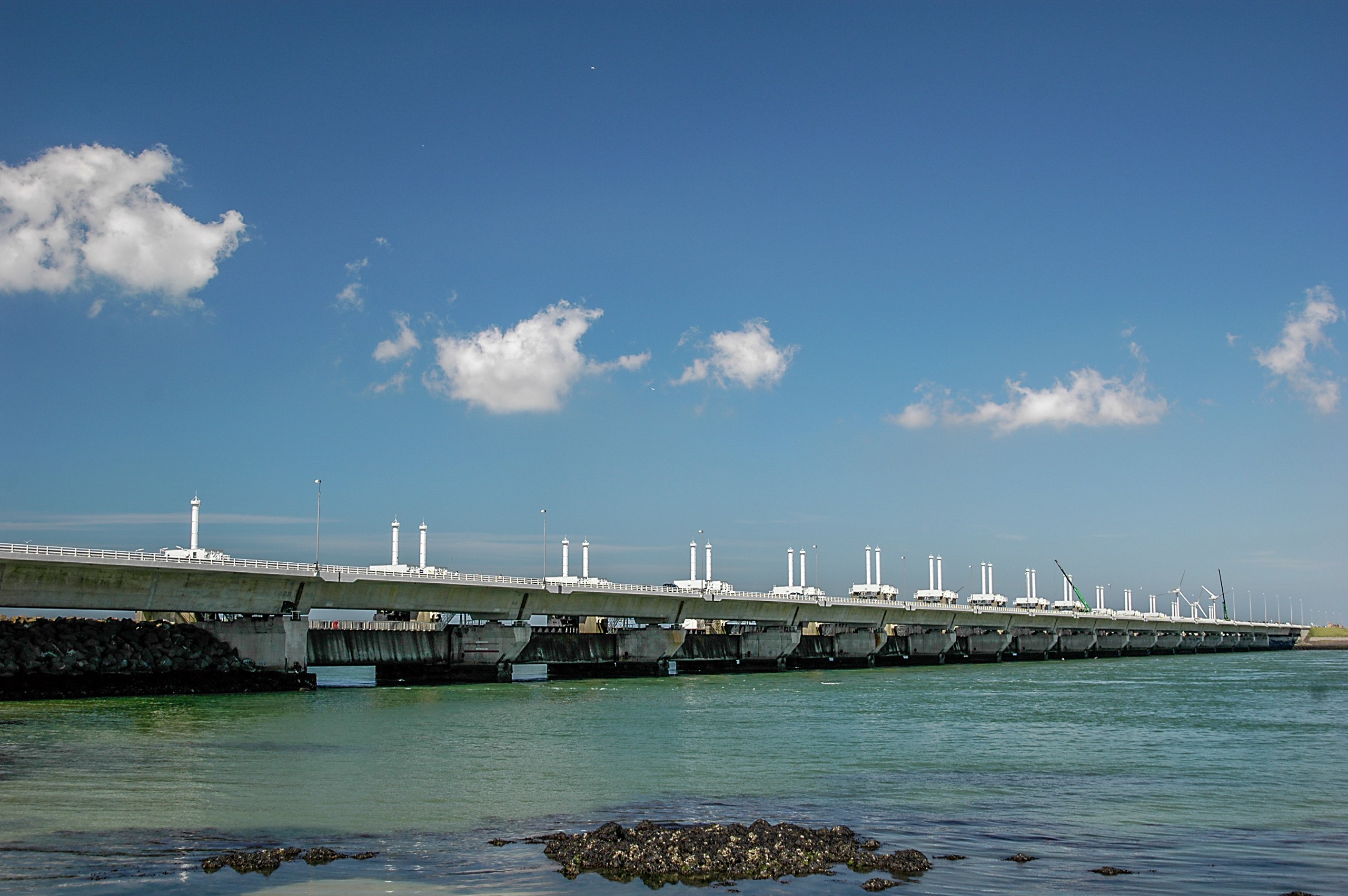
The United States does not share this history of preventing floods. And it does not have institutions like waterschappen that are dedicated to water management, meaning there are few venues for residents, businesses and policymakers to come together to agree on a way to manage floods.
One place where Americans have succeeded in applying elements of the Dutch model is the Rebuild by Design competition, which the Department of Housing and Urban Development created in response to Hurricane Sandy. The goal of this effort is to get governments, citizens, NGOs and businesses to develop plans together that make communities more resilient in the face of climate change. But this program is the exception, not the rule.
Haasnoot recalled the difficulties of applying the Dutch model in the United States. “When I was in San Francisco, I noticed how people were trying to apply different solutions to various small areas along the Bay, but the real solution only happens when everybody is working together,” Haasnoot said. While working in Louisiana, Haasnoot found out it was difficult to get people to work together when they couldn’t even agree on the cause of floods. “Around Lake Charles, [climate change] can still be a dirty word,” she said.
“In the Netherlands, we’re good in using an integrated approach, in which all stakeholders are involved in finding solutions for climate change issues,” Haasnoot said. “The United States has a different history and is more individualistic.”
Teake Zuidema is a Dutch/American journalist and photographer living in Pittsburgh, PA. Nexus Media is a syndicated newswire covering climate, energy, policy, art and culture.









